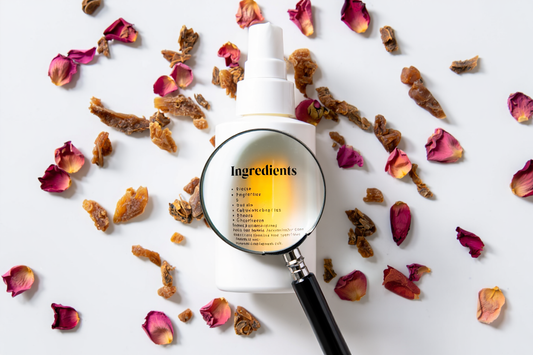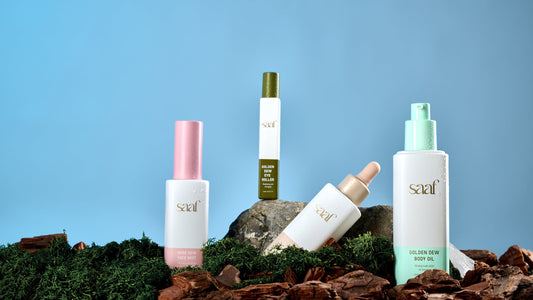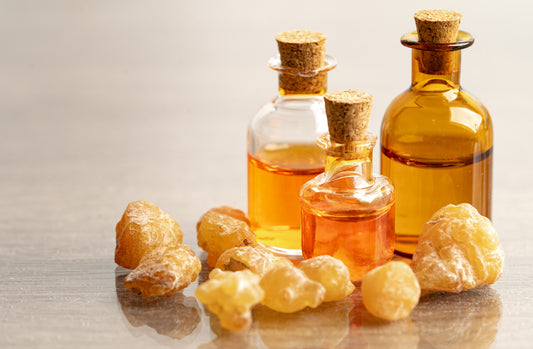In the world of beauty, labels can be deceiving. Many brands proudly call themselves “clean”, “natural”, or “eco-friendly”, but the truth often lies in the small print: The ingredient list. If you want to know what’s really in the product you’re putting on your skin, reading that label is essential.
1. The Order of Ingredients Tells a Story
By law, skincare ingredients are listed in order of concentration, from the highest amount to the lowest. This means the first few ingredients make up the majority of what you’re paying for.
1. If the list is long, chances are the active or “hero” ingredients are present only in tiny amounts.
2. If the first ingredient is aqua (water), the product is mostly water. This isn’t inherently bad, but when you’re buying something marketed as “rose water,” you’d expect actual rose water to be the first ingredient — not basic water.
At SAAF, for example, our Rose Water Mist contains only pure rose water from a small farm in Kashan, Iran with no fillers, no dilution, no unnecessary “aqua.”
2. The Illusion of Colour and Scent
If your “natural” product has a bright, uniform colour, check for synthetic dyes. A common one is Red 33 (CI 17200): A synthetic petroleum-based dye that offers zero skin benefits and has been flagged in research for possible irritation and other safety concerns.
Similarly, artificial fragrances can hide dozens of undisclosed chemicals. True clean beauty should get its scent from real botanicals, not lab-made perfume blends.
3. The Cheap Carrier Oil Trick
Many face oils and serums list “superstar” ingredients like frankincense, myrrh, or rosehip oil on the front label, but read the back, and you’ll often see they’re buried at the very end of the list. The bulk of the formula? Cheap carrier oils like sunflower seed oil. While sunflower oil isn’t toxic, it’s inexpensive, has minimal active skin benefits compared to nutrient-dense oils, and is often refined in ways that strip its natural compounds.
If you wouldn’t choose to eat it daily for its health benefits, why would it be your skin’s main nourishment?
4. Extract vs. Pure Oil
Some brands do use genuine botanicals like frankincense, but in extract form, suspended in a low-quality carrier oil. This isn’t necessarily harmful, but it’s nowhere near as potent as pure, cold-pressed frankincense resin oil, which retains all the plant’s therapeutic compounds.
5. How SAAF Does It Differently
At SAAF, we:
- Use the real ingredient as the main ingredient, never diluted for the sake of cost.
- Avoid cheap filler oils and instead choose high-performing, nutrient-rich oils like prickly pear, jojoba, and pure frankincense resin oil.
- Never use synthetic dyes like Red 33 or artificial fragrances, colour and scent come from nature.
We also have a deep commitment to sustainability and heritage, sourcing from small farms and producing regionally.
So the next time you shop, flip the bottle and read the label.
Ask yourself:
- Are the hero ingredients actually near the top of the list?
- Are there unnecessary dyes, fragrances, or fillers?
- Is the “clean” promise reflected in the formula or just in the marketing?






